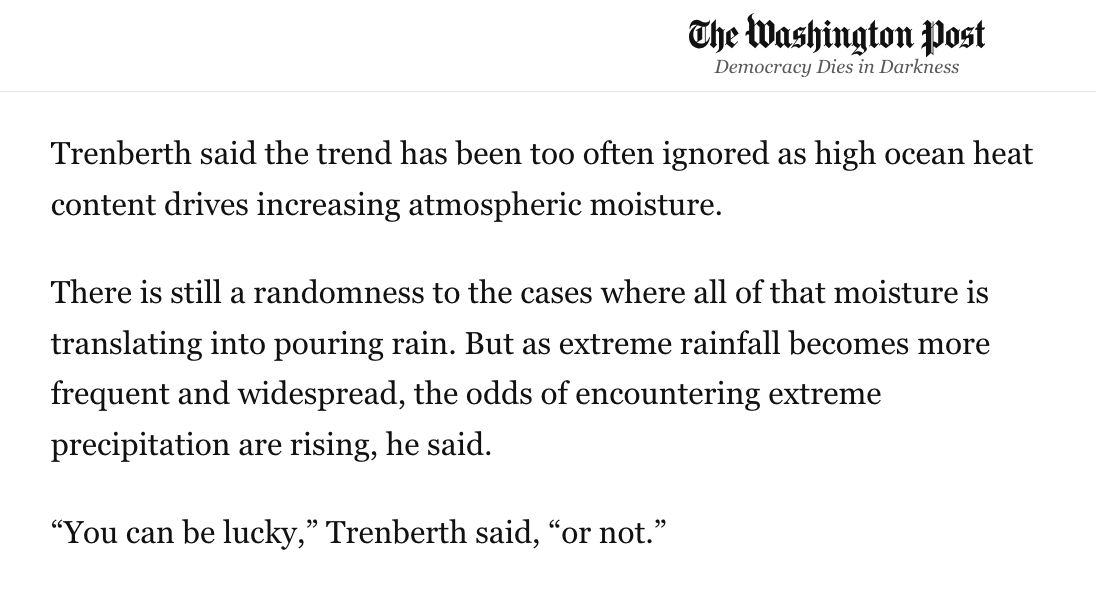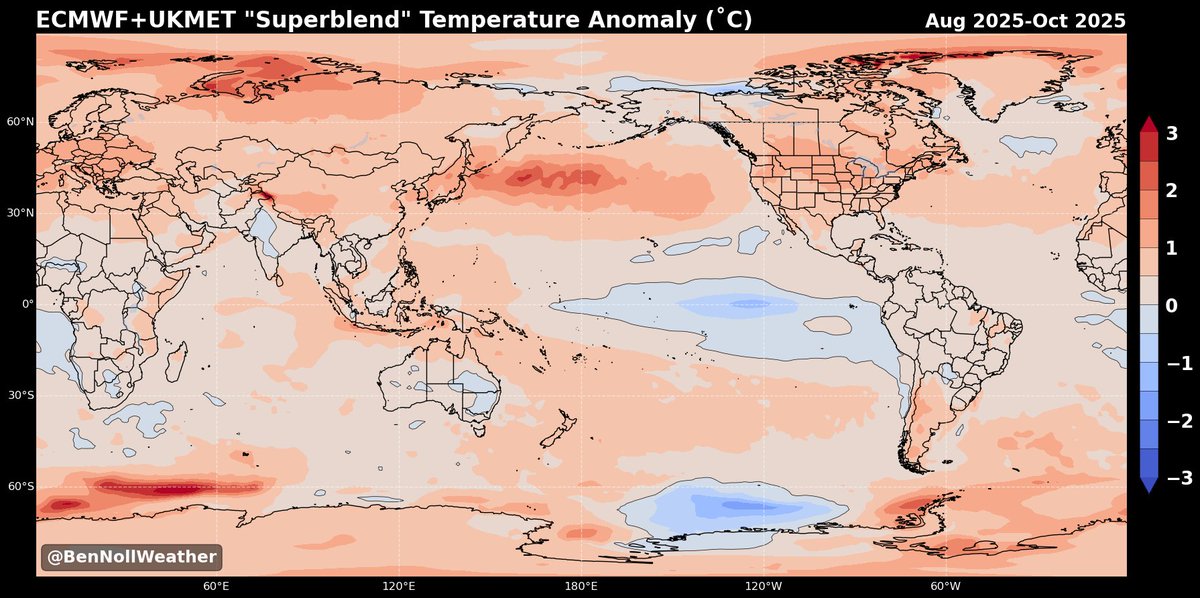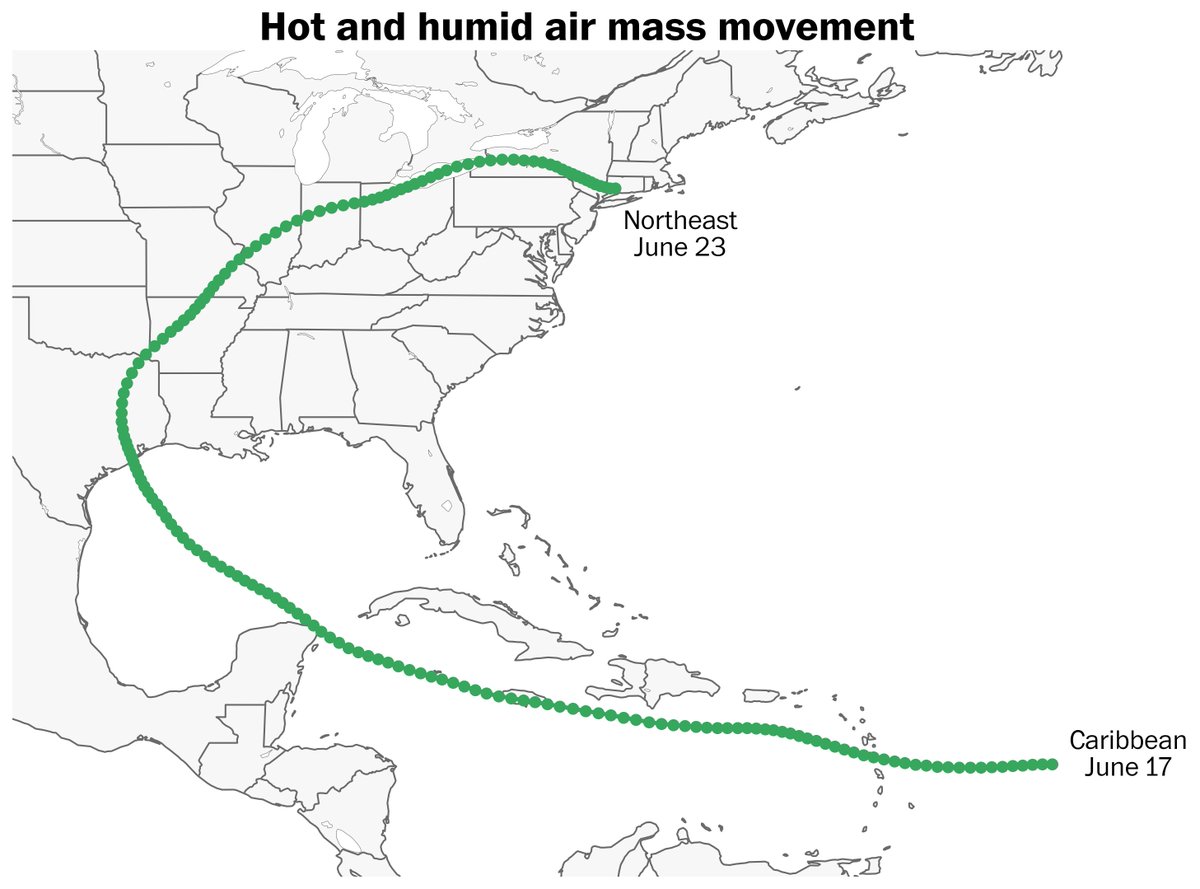🔮 Yesterday was Copernicus Day for September 2024 - a holiday for weather nerds around the world!
It marks the day when new long-range forecast data becomes available, providing a glimpse at general climate patterns in the months ahead...
Thread 🧵
It marks the day when new long-range forecast data becomes available, providing a glimpse at general climate patterns in the months ahead...
Thread 🧵

The main global climate driver in the months ahead is a developing La Niña.
Cool seas in the tropical Pacific will lead to changing rainfall and thunderstorm patterns there.
This has flow-on effects to weather patterns in distant places, otherwise known as a teleconnection.
Cool seas in the tropical Pacific will lead to changing rainfall and thunderstorm patterns there.
This has flow-on effects to weather patterns in distant places, otherwise known as a teleconnection.

Despite La Niña, global temperatures look quite warm through the end of 2024.
The record that keeps getting broken: 2024 is on track to become the world's warmest year on record 🤒
The record that keeps getting broken: 2024 is on track to become the world's warmest year on record 🤒

October-December 2024 precipitation patterns will be strongly influenced by La Niña.
The Indo-Pacific area looks very wet, as does the Atlantic, while the equatorial Pacific, Brazil, U.S., eastern Africa, Spain, and the Middle East look quite dry relative to normal.
The Indo-Pacific area looks very wet, as does the Atlantic, while the equatorial Pacific, Brazil, U.S., eastern Africa, Spain, and the Middle East look quite dry relative to normal.

December 2024: a stronger-than-normal Pacific jet could result in a quick start to the snowy season in the Northwest U.S., but flood the central-eastern U.S. with mild air and reduce the chance for snow there. 

October-December 2024 looks less cloudy than normal across much of the U.S. 😎
This is consistent with more high pressure and a weaker-than-normal jet stream.
In short, it looks like it could be a pretty decent end to the year!
This is consistent with more high pressure and a weaker-than-normal jet stream.
In short, it looks like it could be a pretty decent end to the year!

Celebrate Copernicus Day every month by bookmarking my climate graphics page - there's something for everyone! Enjoy.
bennollweather.com/climate-graphi…
bennollweather.com/climate-graphi…
• • •
Missing some Tweet in this thread? You can try to
force a refresh





















